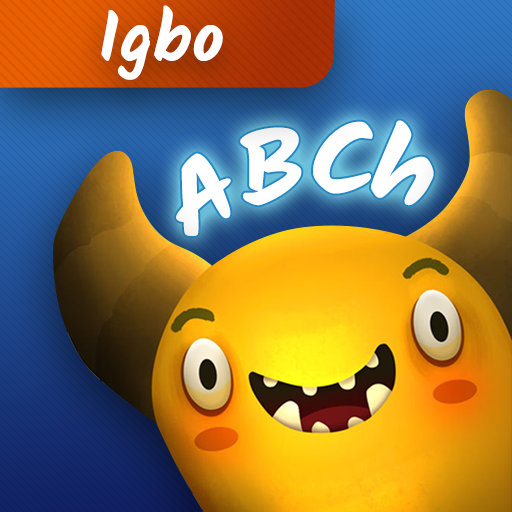An indie game developer with extensive experience creating games for the original Nintendo Switch has offered compelling reasons why the brief glimpse of Mario Kart 9 in the Switch 2 reveal suggests a significant power boost. While Nintendo remains tight-lipped about the Switch 2's specifications beyond new Joy-Cons, a redesigned kickstand, and a larger form factor, the Mario Kart 9 footage provides valuable clues.
Jerrel Dulay of Sungrand Studios, a developer with a history working on Wii U and 3DS titles, highlights several key graphical elements in the trailer as evidence of increased processing power.
Mario Kart 9 - A Closer Look
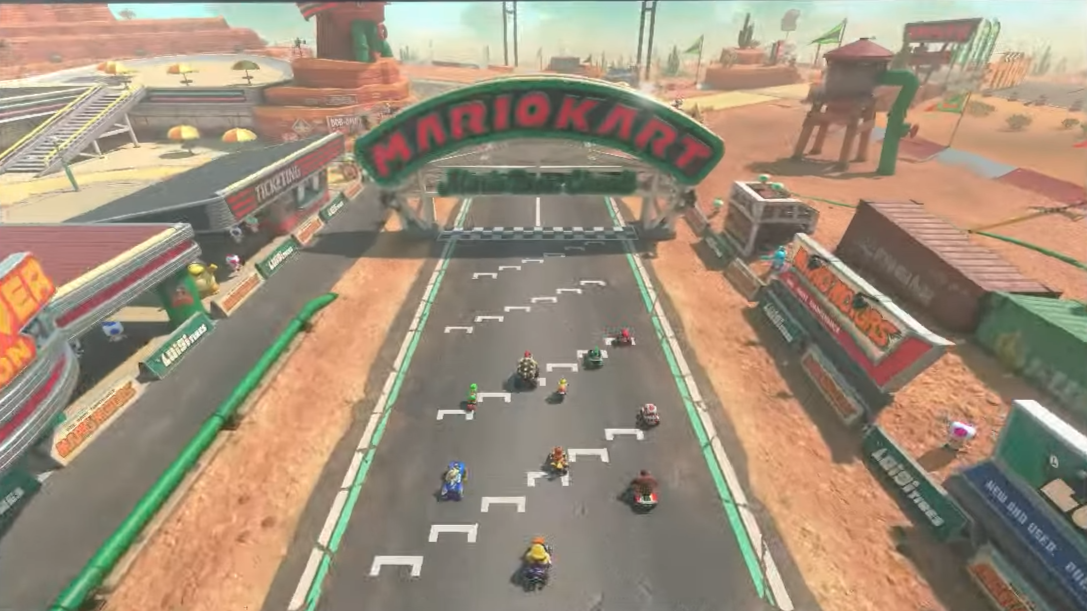
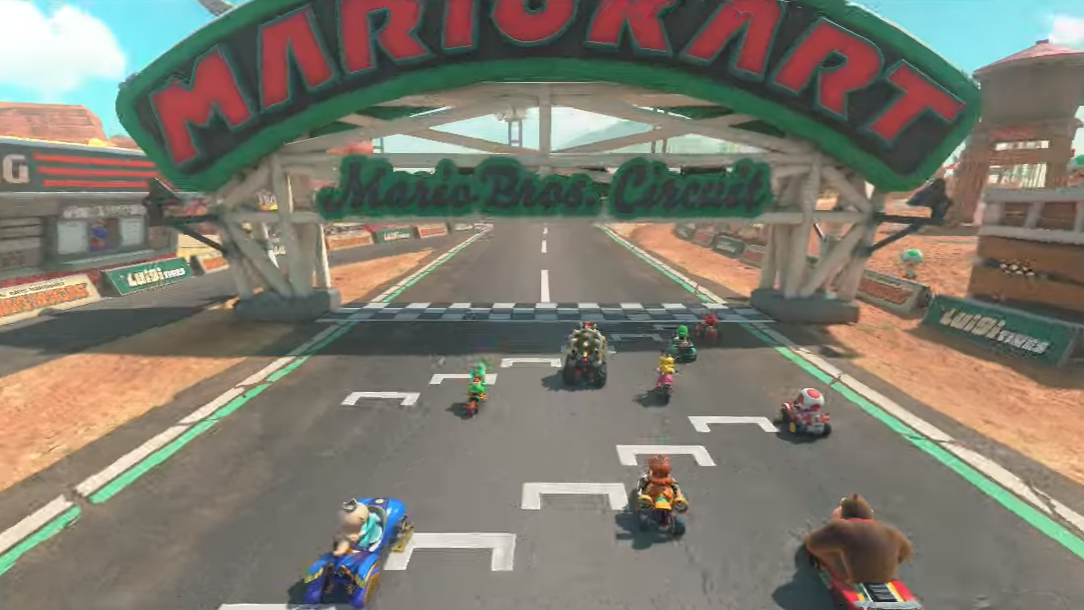 25 Images
25 Images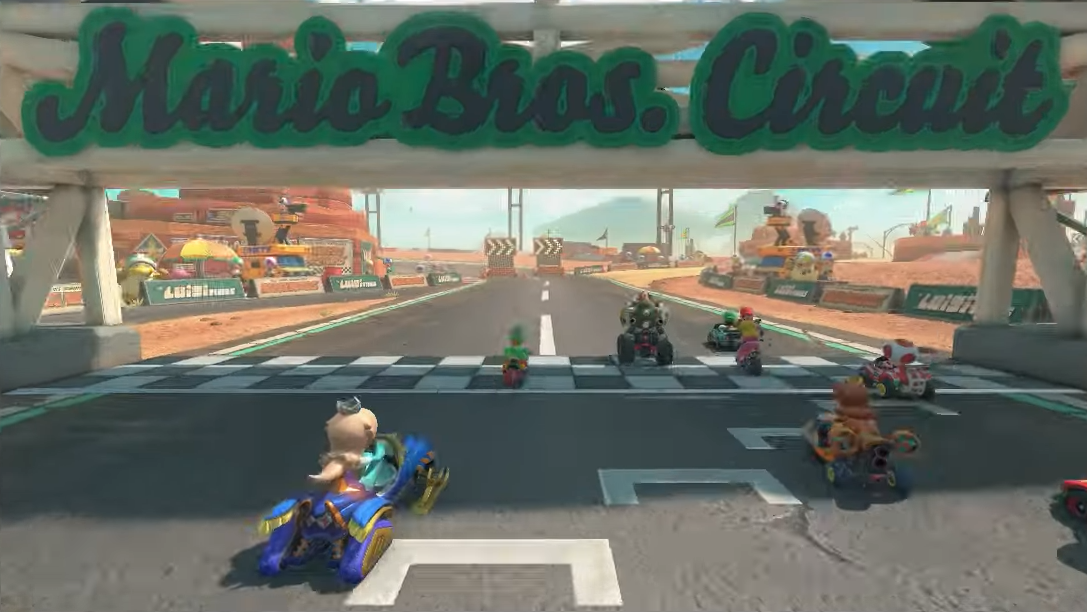
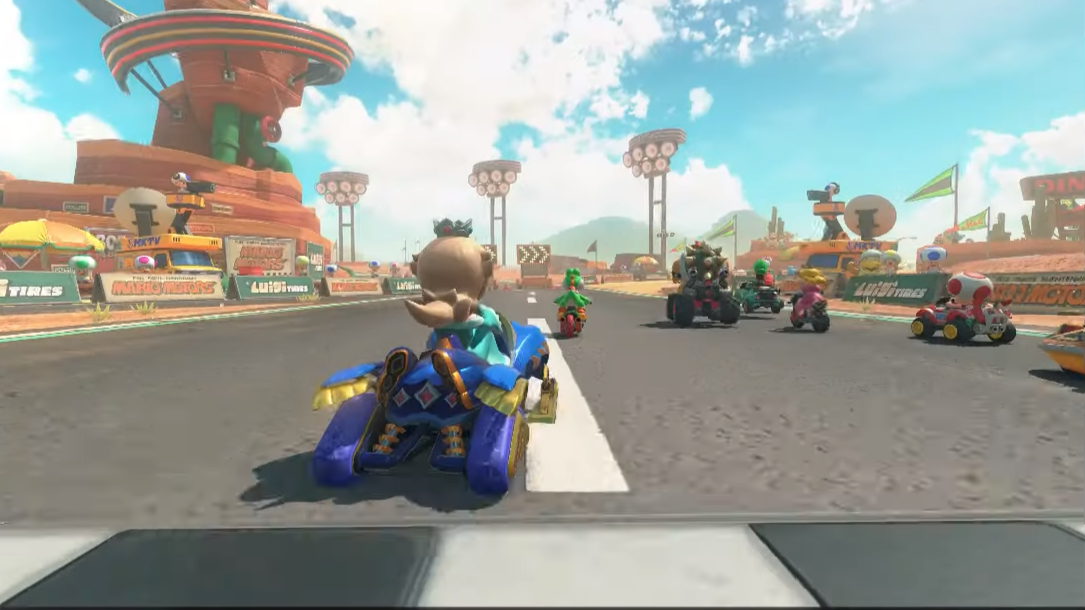
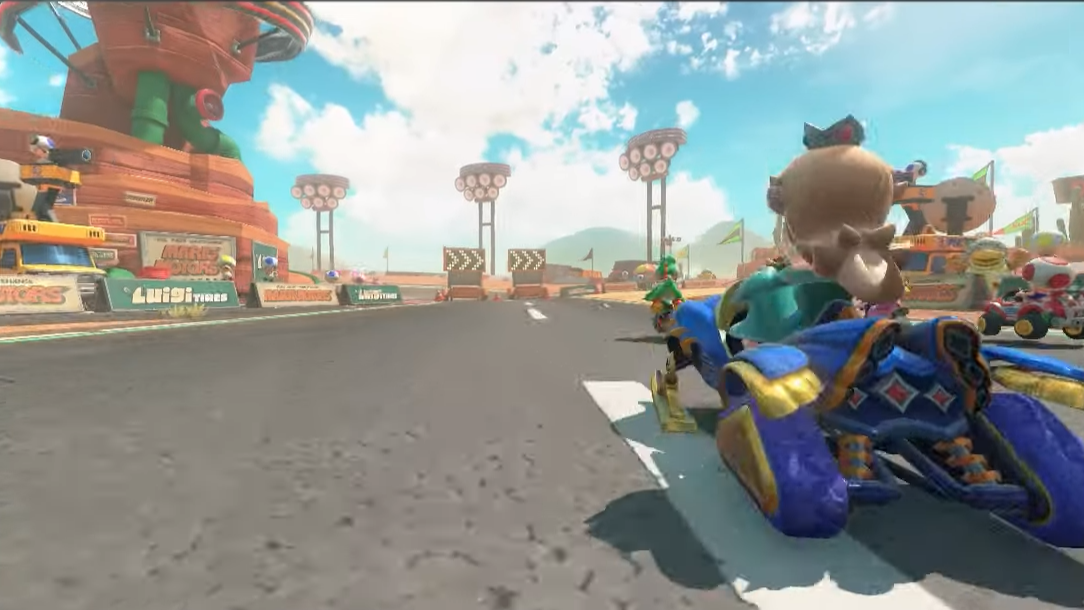

Dulay points to the use of physically-based shaders, impacting reflections and lighting, as a significant indicator. These shaders were computationally expensive on the original Switch, often impacting frame rates. The Mario Kart 9 footage also showcases detailed material reflections and high-resolution ground textures, demanding substantial RAM.
Rumors suggest the Switch 2 will boast 12GB of RAM (compared to the original's 4GB), potentially using high-speed LPDDR5 modules. This increased RAM, along with a rumored Nvidia T239 chip featuring significantly more CUDA cores than the original Switch's Tegra X1, allows for faster texture loading and more complex visual effects.
The trailer also displays true volumetric lighting and far-distance shadows, both computationally intensive processes. These features, along with high polygon count characters and real-time cloth physics, strongly suggest a substantial increase in processing power compared to the original Switch. Dulay emphasizes the significance of these visual elements running smoothly at 60 frames per second.
AnswerSee ResultsDulay's analysis provides a valuable perspective on the Switch 2's potential graphical capabilities, pending further official information from Nintendo's April Direct.






